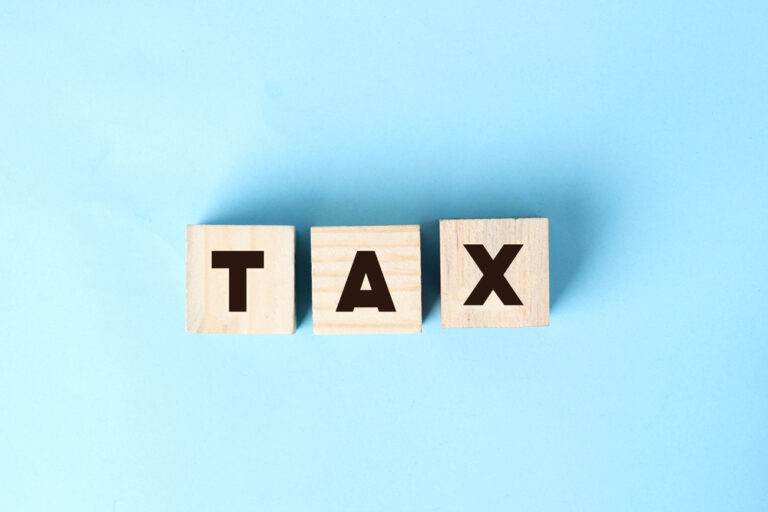Picking your retirement point
One of the hardest decisions for many people – excluding those who want to keep on working – is choosing when to stop.
There’s no mandated retirement age as such, although there are prescribed preservation ages when people can legally access all or some of their superannuation funds.
Anyone turning 59 on or before 30 June next year, for example, if they choose to retire fully, can legally access their super after their birthday. They can do this by moving their accumulated savings to an account-based pension income stream, making a lump sum withdrawal, or doing a combination of both. Those born after 30 June 1964 will need to wait until they turn 60.
The Federal Government determines the minimum amount that retirees must withdraw from their account-based pension each year, starting at 4% of the balance for those aged up to 64. The minimum amount then rises progressively over 10-year age bands to a maximum of 14% for those aged 95 and over.
These withdrawal amounts are mandatory, regardless of whether a retiree eventually receives full or part-age pension payments.
But the super access door is also open to people who have reached their preservation age starting at 55 and over for those born before 1 July 1960 and who want to keep on working.
They can start what’s known as a transition to retirement (TTR) strategy, which enables them to transfer some of their super to an account-based pension account and draw down an income stream. Those 60 and over pay no tax on their TTR pension payments, while those aged 55 to 59 are taxed at their marginal tax rate but receive a 15% tax offset on the taxable portion of their income stream. No tax is payable on the tax-free portion.
At the same time, as they’re still working, those using a TTR will continue to receive compulsory super guarantee payments from their employer (which are taxed at the normal rate of 15%) into their super accumulation account.
There are a range of options and considerations, so it may be highly worthwhile consulting a licensed financial planner to go through your personal circumstances.
Weighing things up
One of the key findings from Vanguard’s 2023 How Australia Retires study is that Australians who have low confidence about their retirement generally have low expectations about the amount of income they’ll likely receive during retirement.
The Intergenerational Report 2023 projects that average life expectancies will continue to rise over time, reaching 87.0 years for men and 89.5 years for women by 2062-63.
Meanwhile, it projects that the proportion of people with accounts in the retirement phase, from which they are drawing a superannuation pension, will increase from 8% currently to 19% over the next 40 years.
“Longevity risk – the risk of outliving savings – is a key concern for retirees in deciding how to draw down their superannuation; consequently, most retirees draw down at the legislated minimum drawdown rates,” the report notes.
“This results in many retirees leaving a significant proportion of their balance unspent, for example, a single retiree drawing down at the minimum rates would be expected to still have a quarter of their retirement assets at death.”
How much is enough?
Retirees continue to face significant cost pressures on their household budgets due to historically high consumer price inflation.
Every quarter the Association of Superannuation Funds Australia (ASFA) publishes its estimate of how much retired couples and singles need to spend each year based on them living either a “comfortable” or a “modest” lifestyle.
For the September 2023 quarter, ASFA estimated couples wanting a comfortable lifestyle would need to spend $71,723.56 per year, and singles would need to spend $50,981.27. The expenditure needed to reach ASFA’s modest retirement standard was $46,620.05 for couples and $32,417.48 for singles.
The figures in each case assume that the retiree(s) own their own home and relate to expenditure by the household. This can be greater than household income after income tax where there is a drawdown on capital over the period of retirement.
Planning and retirement confidence
Vanguard’s How Australia Retires research has found that having high retirement confidence depends not on age or income but on having a plan.
More than half (52%) of the people we surveyed who presented themselves as being highly confident about their retirement readiness feel that they know what they need to do to achieve the retirement outcome they desire and are optimistic about this phase of their life.
They are relatively likely to use budgets and prioritise their savings. Of the people participants who received professional financial advice, 44% indicated they were extremely or very confident in funding their retirement.
And, of the Australians who have never sought professional advice, only 25% indicated they were extremely or very confident in being able to fund their retirement.
Furthermore, those who had not sought professional advice or sought only the assistance of family and friends tended to have less comprehensive retirement plans.
For help creating your retirement plan, and getting advice for how to move forward, reach out to our team here.
General advice warning
Vanguard is the product issuer and the Operator of Vanguard Personal Investor. Vanguard Super Pty Ltd (ABN 73 643 614 386 / AFS Licence 526270 is the trustee of Vanguard Super (ABN 27 923 449 966) and the issuer of Vanguard Super products. We have not taken your objectives, financial situation or needs into account when preparing this report so it may not be applicable to the particular situation you are considering. You should consider your objectives, financial situation or needs and the disclosure documents of any relevant Vanguard financial product before making any investment decision. Before you make any financial decision regarding a Vanguard financial product, you should seek professional advice from a suitably qualified adviser. A copy of the Target Market Determinations (TMD) for Vanguard’s financial products can be obtained at vanguard.com.au free of charge and include a description of who the financial product is appropriate for. You should refer to the TMD of a Vanguard financial product before making any investment decisions. You can access our IDPS Guide, Product Disclosure Statements, Prospectus and TMD at vanguard.com. au or by calling 1300 655 101. Past performance information is given for illustrative purposes only and should not be relied upon as, and is not, an indication of future performance. This report was prepared in good faith and we accept no liability for any errors or omissions.
©2023 Vanguard Investments Australia Ltd. All rights reserved.







